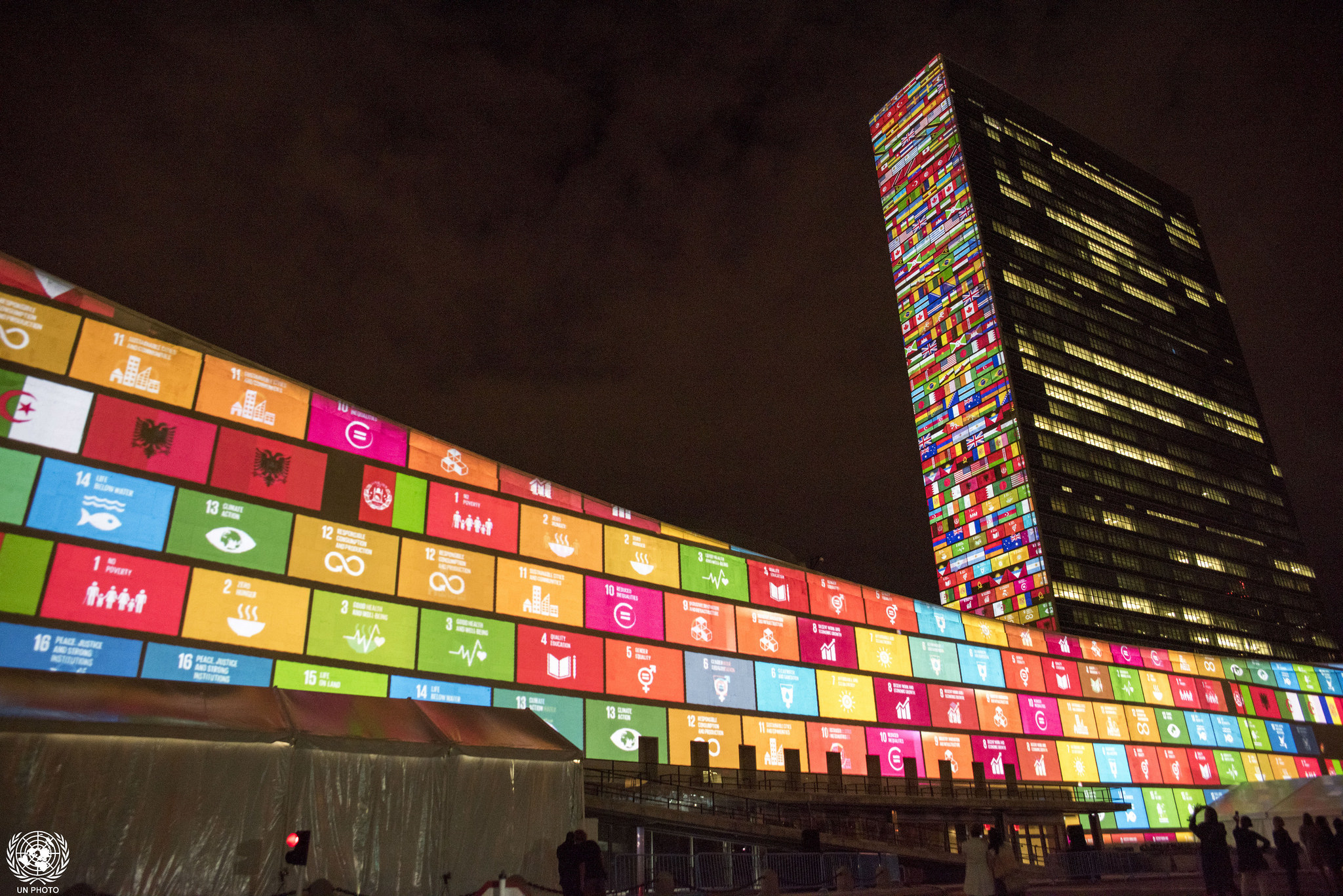By Sarah Bush.
Two UN organizations – UNICEF and the UNFPA – recently announced a joint initiative to end child marriage. This development is part of a larger UN initiative, the Sustainable Development Goals, which were announced in 2015. Goal #5 is “Gender Equality,” and one of the targets associated with this goal is the elimination of early marriage by 2030. International efforts to change local practices related to gender and human rights norms are often controversial, though they have also had notable successes.
To better understand the goals of the transnational campaign to end early marriage – and its likely consequences – I reached out to Dr. Karisa Cloward, an Assistant Professor at Southern Methodist University. Cloward has recently published an excellent book with Oxford University Press about the conditions under which transnational activism encourages people to abandon long-held local norms in favor of international norms. Since her book focuses in part on the case of early marriage in Kenya, Cloward is ideally suited to analyze these recent developments at the UN.
SB: What is the extent of early marriage globally? Why does it happen?
KC: Early marriages – marriages of children and adolescents under the age of 18 – occur in all regions of the world, though prevalence varies. Globally, some 700 million women alive today married before age 18, including more than one in three women in the developing world. High prevalence countries are concentrated in South Asia and Sub-Saharan Africa, and early marriages are more common among poorer households and among girls who’ve received less formal education.
The practice of early marriage is rooted in a range of different local norms that vary both cross-nationally and sub-nationally, but tend to be based in some combination of economic need, culture, and religion. In impoverished areas, girls are often viewed as an economic burden, and so early marriage is perceived as a mechanism for reducing financial strain on the family. And the material incentives for early marriage can be even stronger among groups for which the payment of bridewealth or dowry is customary. Early marriage may also be justified as facilitating cultural or religious beliefs governing the appropriate behavior of wives and of women in general – younger wives may be more submissive, may be more likely to be virgins at the time of marriage, and may bear more children over the course of their lives.
SB: Is the international community’s emphasis on ending early marriage new?
KC: It is a pretty recent change. For a long time, early marriage did not have its own dedicated campaign, and many activists addressed it only within broader efforts to promote women’s rights and combat violence against women. The lack of attention to early marriage is particularly notable when compared with the prominence of the campaign against the related practice of female genital mutilation (FGM), which has produced significant UN and donor action and spawned public and media outrage. I contrast the two practices in my new book.
The international failure to attend to early marriage only began to shift with the creation of the global network Girls Not Brides in 2011, which brought together some 550 civil society organizations from 70 countries to raise awareness, facilitate coordination of activities, and engage in policy advocacy. The new UNFPA–UNICEF Global Programme and the inclusion of early marriage elimination in the UN Sustainable Development Goals calls further attention to the issue. Combined, these actions increase the salience of the international norm against early marriage at the international level, where salience refers to the prominence of the norm and to the depth of adherents’ commitment.
SB: Is it likely that international efforts to discourage early marriage will succeed at changing peoples’ minds and behaviors?
KC: Quite possibly. The increased attention to the practice is an important first step, but other factors are likely to shape whether early marriage activism produces meaningful change. Importantly, international norms that attempt to govern the behavior of individuals often come into conflict with competing local norms. In the early marriage case, those promoting the international norm against the practice must contend with those defending local norms supporting the practice. And because marriage is something that occurs within the private sphere, it is not enough to change laws or engage in high-level advocacy – activists must go on the ground and actually persuade individuals and families to change.
To try to understand how individuals and communities will respond to an international–local norm conflict, it is useful to distinguish among different elements of norm change. In my book I argue that, conditional on exposure to an international normative message, individuals can decide to change their attitudes, their actual behavior, and the public image they present. That is, once people know about the international norm, they can alter what they think, what they do, and what they say. And whether we observe any of these elements of norm change depends in large part on the salience of the international and local norms to their respective proponents. When an international norm is highly salient, donors are more willing to provide funding to activists to address the issue, thus driving up the level of activism (though some civil society groups will take up the cause only because of the availability of funding, thus driving down the average quality of that activism). Yet when the competing local norm is highly salient, local activists will be reluctant to take up the campaign for fear of alienating other members of their community, depressing both the quantity and quality of activism. A highly salient local norm also reduces a community’s attitudinal receptiveness to an international normative message of any given quality, and creates a higher barrier to behavior change because it tends to be associated with stronger social sanctioning by the local community. To the extent a gap opens up between increasing awareness of an international norm on the one hand and lagging attitude and behavior change on the other, people may attempt to resolve the conflict by making false rhetorical commitments to the international norm when in the presence of international activists.
So the newly salient international norm against early marriage will almost certainly improve exposure and awareness, though there will be diminishing returns to additional activism due to quality loss. Moreover, in many communities the local norms supporting early marriage are not particularly salient (unlike with FGM, for which local norms are often highly salient), and girls who marry later tend not to face severe negative social sanctioning from their communities. The combination of increasing international norm salience and relatively low local norm salience means there are real prospects for significant attitude and behavior change with respect to early marriage. Though change should be slower in those communities where the local norm is more salient than average, and in those communities where few civil society groups are already operating (there need to be organizations on the ground capable of taking advantage of increased funding and mobilization), overall there are good reasons to be optimistic that early marriage will begin to decline.







